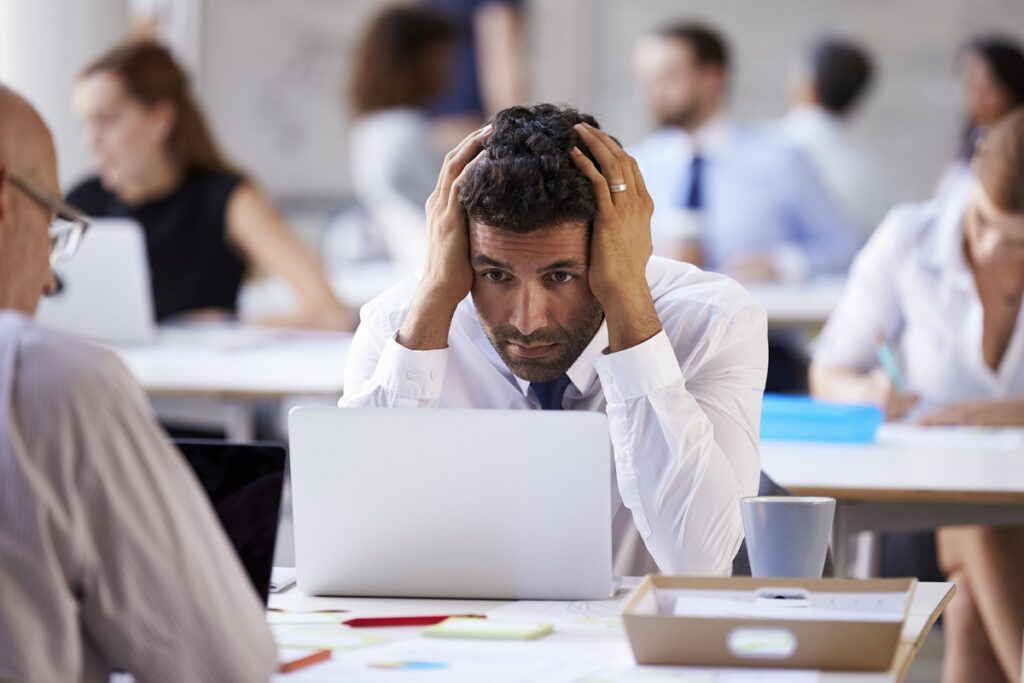They say timing is everything. Our 2016 UK Workplace Survey (WPS) launched against a backdrop of huge political turmoil in the wake of the EU referendum.
The UK’s decision to leave the European Union after 43 years – the so called ‘Brexit’ – polarised the nation, and the press exposed the uncomfortable, but obvious differences between the privileged vs the less privileged, metropolitan vs rural dwellers, young vs old, educated vs less educated.
The haves and have nots
Our survey has also uncovered a similar schism in the workplace that seem to have emerged in the eight years since our last UK workplace survey - that it is those predominantly in management or leadership positions, with choice and autonomy of where to work, who are not only the more productive, but who score more highly on Gensler’s Innovation Index.
Those without choice and autonomy, and those fixed at assigned workstations in ‘impoverished’ open plan workplaces appear to be suffering the most. For a real estate industry that has for years been driving greater efficiencies in office layouts, this is what you might call, ‘an inconvenient truth’ about the open plan workplace in the UK. That is not to say that open plan is bad per se. It just needs a much more considered approach; one which accounts for, and aligns a firm’s mission and purpose with the needs of the individual, their type of work and importantly their shared values, attitudes and lifestyles.
The definition of innovation varies widely not just between industries but even between individuals
Our survey showed that those who have autonomy and choice in the workplace, coupled with access to a private office or enclosed space, ended up scoring even more highly in our WPS Innovation Index. Levels of effectiveness and productivity are also at their highest amongst those people that have the highest sense of meaning and purpose in their work. So, if these factors all align, innovation in the workplace should, theoretically improve.
But how do we measure this? Innovation and productivity are notoriously difficult to evaluate, so for the purpose of our WPS study, the ‘Innovation Index’ was created. This was done by aggregating the results of six different questions relating to innovation. The definition of innovation varies widely not just between industries but even between individuals, and therefore it was important not to define innovation, so that each respondent could relate to the questions being asked.
One of the most interesting, but perhaps not surprising, findings from the survey was that higher-performing workplaces are more innovative. This underpins one of the survey’s conclusions that ‘great design drives innovation and creativity.
Better informed design
As designers, it’s our job to ensure workplaces perform to their fullest. The design of working environments plays a key part in facilitating innovation and productivity and these new survey findings have led us to ask important questions about the open plan office and what the true drivers of productivity are, and we think we can explain this shift.
The survey illustrates that employee innovation is highest amongst those working across a variety of different places and spaces, be that within the office, in spaces outside the office, or indeed at home. Perhaps controversially, it also implies that the most innovative sample of people spend an average of 3.5 days in the office per working week (73%), whereas the employees with the lower levels of innovation spend an average of 4 or more days in the office per working week (83%). This presents a huge HR, leadership and cultural change issue. The data clearly shows that while time in the office is essential, so too is time spent away from it. So, what is the optimum and does this vary according to generation?
71% cited a preference for working in an office, amidst the social framework of a team
Much has been written about the needs of the so-called millennials and we know that the expectations of the younger generation are high. But both our UK and US WPS also shatters a myth here. It highlights that the modern day workforce needs balanced spaces that offer concentration, collaboration and socialisation, with no statistically significant differences between the generational cohorts. The acceptance and adoption of pervasive, smart technologies does not however mean that the workforce only wants to work remotely or in isolation.
Despite now having the tools to work anywhere, our survey showed that 71% cited a preference for working in an office, amidst the social framework of a team; with millennials in particular wanting to learn from mature generations and seek out mentors.
Britain’s (still) got talent
The war for talent shows no sign of abating and emerging technologies / co-working trends are empowering more workers to step out of the corporate structure and become freelance consultants. Official labour market statistics, PeoplePerHour predicts that fifty percent of the UK workforce could be made up of independent workers by 2020.
The UK reports some of the lowest engagement scores in the world (ORC International Global Perspectives Survey); with workplace stress also on the rise, afflicting 8 out of 10 workers (Work Stress Harris Poll). And to add to our woes, ‘Brexit anxiety’ is only serving to add an extra layer of uncertainty, complexity and stress to this equation.
This ‘engagement gap’ has broad implications for many organisations. At a time when the workforce is becoming increasingly ‘contingent’, or routine work is being eliminated or even replaced by automation, it is crucial that firms create an atmosphere and conditions in line with organisational priorities to increase employee engagement.
Appropriately designed and balanced working environments play a key role in recruiting and retaining top talent, so it is imperative that clients, designers and consultants start taking a much more considered approach to workplace environments; blending where we work with how we work for a more positive outcome.











